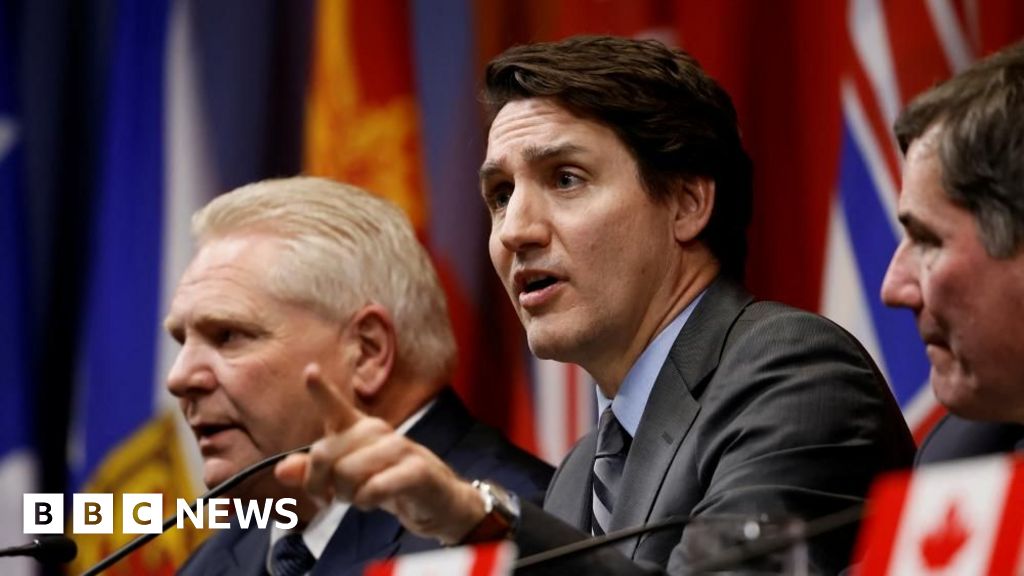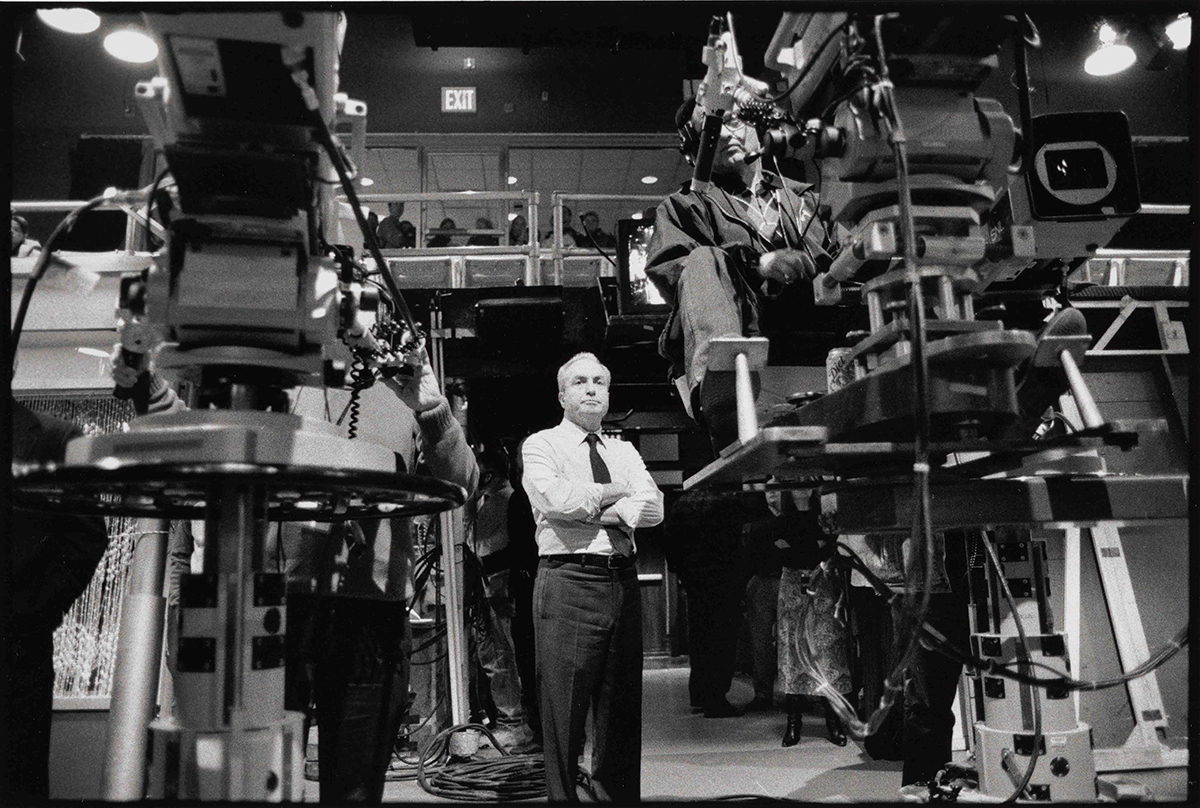It was during this line of questioning that Sweeney pointed out Sony’s contract had them getting a little extra cash from cross-platform play, specifically when PlayStation Fortnite players consistently bought V-Bucks on other devices but were still gaming on Sony consoles.“Sony has a policy that requires if the ratio of payments across platforms for a given PS user gets out of sync with the playtime, then we have to pay them a commission on other platform revenue,” Sweeney said. “So if someone were primarily playing on PS but paying on iPhone, they’d [inaudible] compensation to Sony.”
The cross-examiner had Sweeney confirm that this stipulation was put in place at the time Sony agreed to allow cross-platform play in Fortnite happen on its device. Normally, Sweeney acknowledged, when V-Bucks are purchased on one platform and used on another, every platform involved in the transaction gets a cut — but in the very specific cases that he outlined, Sony gets a little bit more.
We’ve learned quite a bit about how Fortnite works behind the scenes today during the first hours of the trial, including that Fortnite made over $9 billion in its first two years, and that Epic has spent over $11 million for Epic Games Store exclusives since it launched the platform. It also apparently has been trying to get Samus Aran as a skin in Fortnite, and already has plans for skins based on The Rock and Lebron James.
Epic’s challenge of Apple’s 30% revenue cut in court is expected to continue over the next three weeks before a verdict is reached.
Rebekah Valentine is a news reporter for IGN. You can find her on Twitter @duckvalentine.








